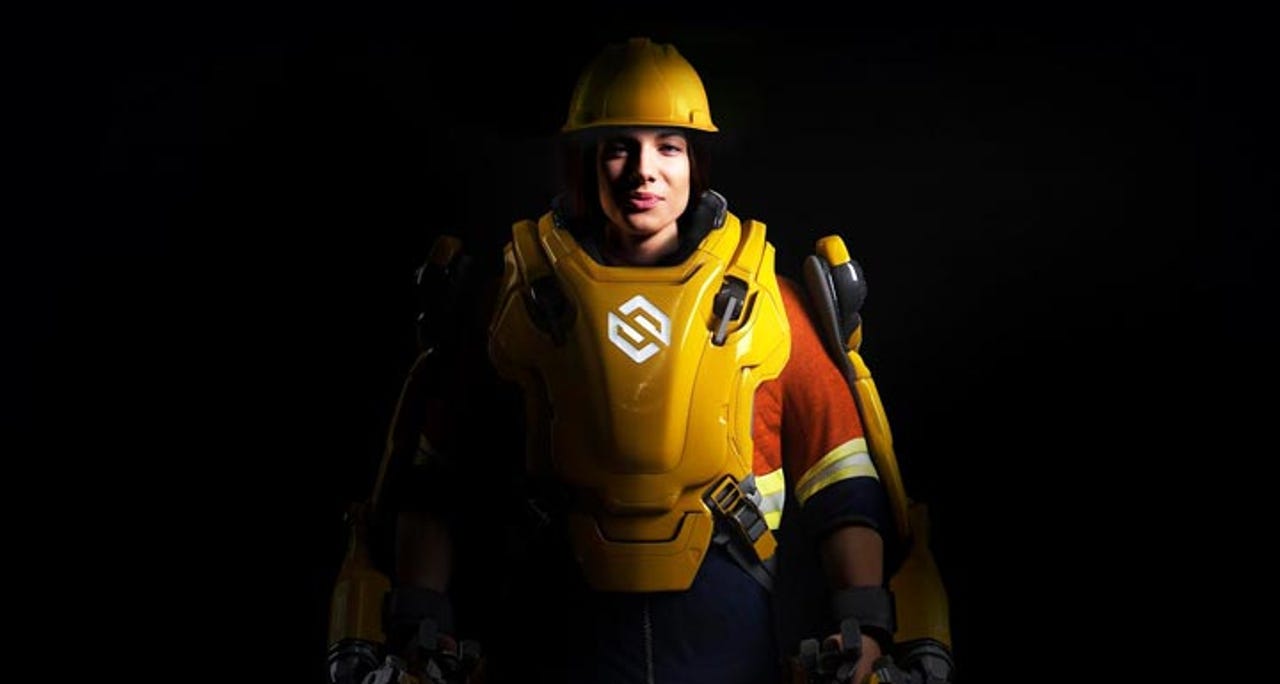7 Technologies that will transform Advanced Manufacturing in 2019

What to expect in 2019
CBInsights just released its trend predictions for the year ahead in advanced manufacturing. Technology convergence, market preparedness, and price drops are conspiring to make it a transformative year. Here are the technologies that will change how things get made in 2019.
Industrial Sensors & IIoT Analytics
Prices for industrial sensors have been declining all decade, and that trend will continue in 2019, giving rise to even greater adoption of IoT technologies. According to CBInsights, venture investment in the space is responsible for falling prices.
"VC investment in the industrial IoT space jumped 275% from 2013 to 2017. In 2018 year-to-date, industrial IoT companies have raised $2.6B."
By extension, it's safe to bet that technologies related to IoT data, including data related to machine performance and operations efficiency, will find greater market penetration. On the software side, 2019 will be a good year to sell IIoT analytics.
Industrial Robots
I've written extensively about rising adoption of collaborative robots, which are now the fastest growing category of industrial automation. Head to any supply chain or manufacturing conference and the impact of smaller, smarter, more dexterous robots on manufacturing is impossible to deny.
The hardware is simply getting too good for even smaller and mid-sized companies to ignore. The confluence of programming-by-demonstration, machine vision, and ever-increasing dexterity have converged in a number of spectacular systems from the likes of Universal Robots and ABB. With the arrival of new end effectors from third-party suppliers, the use cases are limitless, and with a tight labor market, robots are being considered very seriously in a number of sectors that haven't turned to industrial automation before. In some industries, like components manufacturing, ROI on these uncaged robots can be achieved in just a couple years.
In 2019, the sector's growth should finally match the hype.
Industrial Drones
Hardware is not an easy game, as industrial drone companies have been finding out. After a couple years of furious hype, reality set in for industrial drone outfits in 2018. The biggest indicator of trouble was the shuttering of Airware, one of the sector's pioneers and a company that had raised over $100 million.
Still, there's reason to be bullish on the sector in 2019. Sectors like gas, infrastructure, and mining are now heavily reliant on drones. Construction has begun to use drones to create time capsule renderings of project progress. And drone delivery, still something of a fairy tale in the U.S., is gaining steam in parts of Europe and Africa.
It's likely 2018 was a correction year, and the winnowing we witnessed was inevitable after so many rushed to market. But new machine vision and sensing technologies and falling prices will only increase the reach of commercial drones, and it's likely we'll see leaders in the space emerge in 2019.
Personalized Manufacturing
I'd like the right foot slightly larger than the left. Oh, and can you do it in polka dots?
The world of personalized manufacturing is nigh, and 2019 is the year we're going to start seeing more customization in mass production. There have already been some trial runs by large companies, including consumer brands like Brooks rolling out customized shoes on-demand.
Auto manufacturers will be the early adopters. Volkswagen is planning to use HP's Metal Jet 3D printer for customized parts, and BMW is investing heavily in additive manufacturing in its Munich plants.
Enterprise AR/VR
Enterprise training in industrial settings is going virtual, and fast. The enterprise VR training market could be worth more than $6 billion by 2022 as workers in many high-risk fields, such as oil and gas and other utilities and heavy industries, are getting the chance to take their licks in the virtual world as opposed to on the job
Augmented reality is also making a splash in enterprise training, particularly in the realm of technical training. Honeywell recently announced a mixed-reality simulation tool to train its industrial employees using Microsoft's HoloLens, and it's easy to envision workers in a wide variety of industries getting visual assistance as they learn the ropes on service calls, for instance.
Companies like Boeing and GE are also embracing the technologies for industrial training.

Industrial Wearables
You think you know wearables. But we're not talking about smart watches.
In 2019, industrial wearables will take the form of mining hardhats that capture underground data, AR/VR glasses, and suits that augment human strength.
In large part, the spread of wearables is related to the success of IoT and the falling prices of sensors. It's just become downright inexpensive to kit out workers with IoT devices to capture operations data. In the new year, manufacturing workers will be part human, part cog in a distributed sensor network.
Machine Vision
Sensor technology and AI are coming together in perfect harmony in machine vision for industrial applications. Time of flight cameras, 3D sensors, and machine learning have yielded a plethora of market-ready solutions to aid manufacturers in quality control and picking and sorting tasks.
"Production defects, particularly in electronics, often aren't visible to human observers," according to CBInsights. "Computer vision offers a significant improvement in identifying and categorizing product defects."